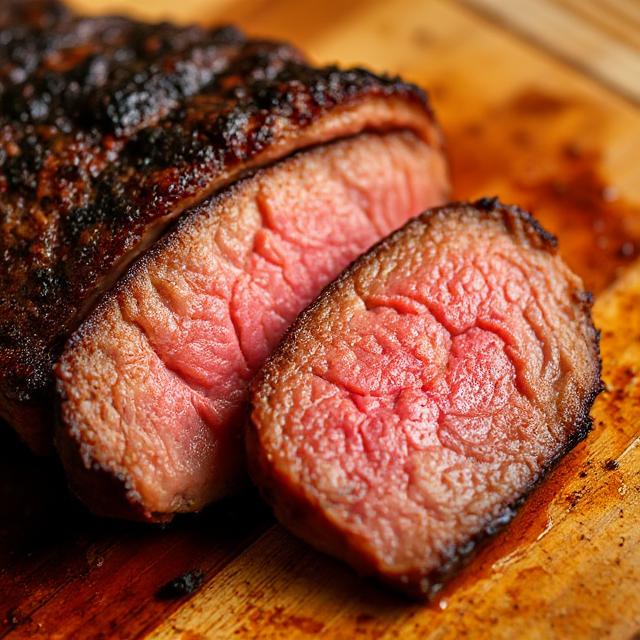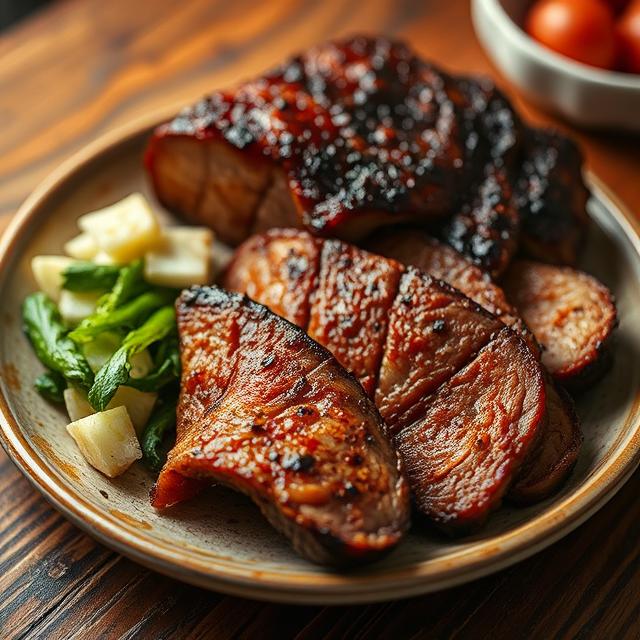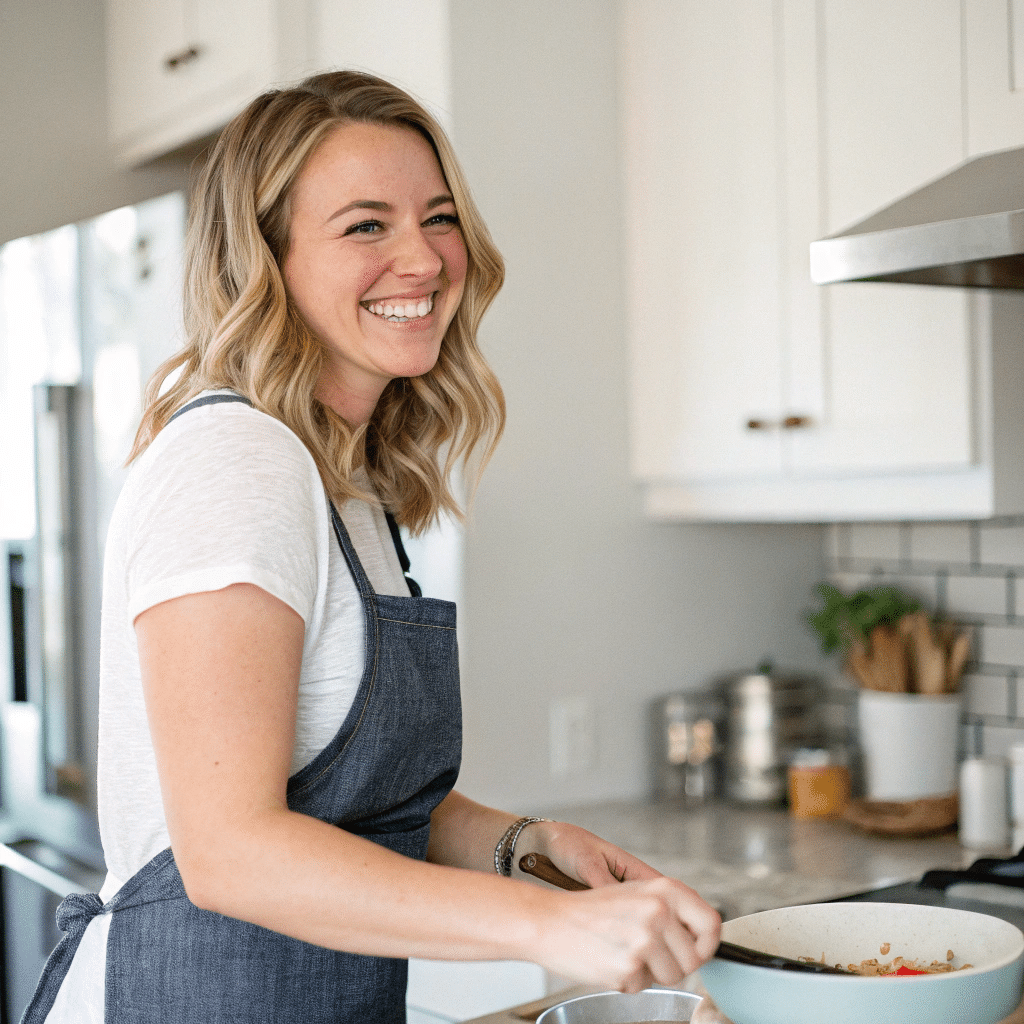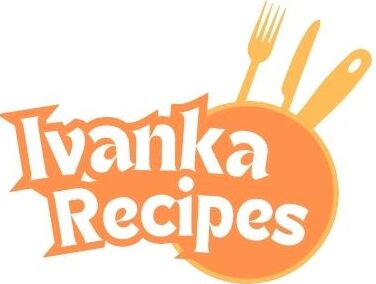Making a gluten-free meal for someone with celiac disease is vital to protect their health. To ensure the meal is truly safe, it’s important to choose gluten-free ingredients carefully and take precautions to avoid cross-contamination. With thoughtful planning and attention to detail, you can create delicious meals that are completely safe for those with celiac disease.
In this article, you’ll discover guidance on safe ingredients, helpful meal-planning strategies, and a selection of sample recipes. Whether you’re just starting with gluten-free cooking or searching for new inspiration, you’ll find practical tips for making satisfying and safe dinners.
Now, Be careful when preparing dinner for someone with celiac disease.

Caring for someone with celiac disease means strictly avoiding even the smallest amounts of gluten. Keep these key tips in mind:
Avoiding cross-contamination: Gluten can easily spread through shared kitchen tools.
Reading labels thoroughly: Many packaged products may contain hidden sources of gluten. Always check ingredient lists carefully to ensure they don’t include wheat, barley, rye, or their derivatives.
Safe food storage: Keep gluten-free items stored separately from gluten-containing foods to avoid accidental contact.
Looking for meal ideas? Check out these simple gluten-free dinner recipes for families, offering a range of safe and tasty options perfect for those living with celiac disease.
Table of Contents
Table of Contents
Gluten-Free Ingredients: What to Include in a Safe Dinner
Creating a safe gluten-free dinner starts with understanding which foods are naturally free of gluten. Here are some ingredients that fit well into a gluten-free lifestyle:
Gluten-free grains: Options like rice, quinoa, and millet are naturally gluten-free and serve as great foundations for a variety of meals.
Proteins: Fresh cuts of meat, poultry, fish, eggs, and tofu are gluten-free by nature—just make sure they haven’t been processed with gluten-containing ingredients.
Fruits and vegetables: Nearly all fruits and vegetables are gluten-free, making them ideal for salads, sides, and main dish additions.
Dairy: Milk, cheese, yogurt, and butter are generally safe for those with celiac disease, as long as you check for gluten-based additives or thickeners.
Gluten-free flours: For baking or coating foods, use almond flour, coconut flour, or a certified gluten-free flour mix.
Want a broader look at gluten-free meal options? Take a look at this helpful guide on common meals that are gluten-free.
Sample Gluten-Free Dinner Ideas
Looking for safe and delicious dinner ideas for someone with celiac disease? Try these flavorful gluten-free meal options:
Grilled Chicken with Quinoa Salad
Fire up the grill for some juicy chicken and serve it alongside a refreshing quinoa salad. Mix the quinoa with cucumbers, cherry tomatoes, and fresh herbs for a wholesome, satisfying dish.
Gluten-Free Pasta with Pesto
You can find gluten-free pasta—made from rice, lentils, or chickpeas—in nearly any grocery store. Toss it with a homemade pesto or a gluten-free marinara sauce for a tasty, comforting dinner.
Pro Tip: Always double-check that your sauce is labeled gluten-free.
Tacos with Corn Tortillas
Naturally gluten-free, corn tortillas are a great base for tacos. Fill them with spiced beef, shredded chicken, or beans, then add your favorite toppings like cheese, guacamole, and fresh salsa for a safe and festive meal.
Stir-Fry with Rice Noodles
Whip up a quick stir-fry using gluten-free soy sauce, your favorite vegetables, and a protein like shrimp, tofu, or chicken. Serve it over rice noodles for a fast, flavorful dinner everyone will enjoy.
Foods to Avoid for Celiac Disease

Although there are many gluten-free substitutes out there, it’s still crucial to avoid certain foods that naturally contain gluten:
Wheat, barley, and rye: These grains are primary sources of gluten and should be completely excluded from the diet.
Baked goods: Most conventional breads, cakes, and pastries are made with wheat flour and aren’t safe for those with celiac disease.
Soy sauce: Traditional soy sauce contains gluten, but you can swap it out for gluten-free options like tamari.
Processed foods: Many packaged and processed items can hide gluten in ingredients like sauces, flavorings, or thickeners. Always read the ingredient list carefully.
Looking for more meal inspiration? Explore easy gluten-free dinner recipes that the whole family will love.
Be sure to check out this resource on tamari soy sauce for gluten-free cooking for more tips on Free from gluten stir-fries.
Meal Planning for Celiac Disease: A Week’s Worth of Gluten-Free Dinner Tips
Planning your meals ahead of time can make following a gluten-free diet much easier. Here are some helpful strategies:
Plan: Select a mix of gluten-free meals for the week and build your grocery list around those ingredients.
Cook in batches: Make larger portions of meals and freeze them for quick, stress-free dinners throughout the week.
Stock up on gluten-free essentials: Keep pantry staples like gluten-free pasta, rice, and other safe grains on hand for simple, last-minute meals.
Need a little inspiration? Take a look at this example of a gluten-free dinner plan for the week.
Monday: Grilled salmon served with roasted seasonal vegetables
Tuesday: Gluten-free spaghetti paired with homemade meatballs
Wednesday: Chicken stir-fry tossed with fresh veggies and rice noodles
Thursday: Ground beef tacos made with corn tortillas and classic toppings
Friday: Quinoa salad with crumbled feta, avocado, and lemon dressing
Saturday: Oven-baked chicken with creamy mashed potatoes
Sunday: Gluten-free pizza loaded with your favorite toppingsConclusion:

The best dinner for someone with celiac disease is one that is completely free of gluten and carefully prepared to avoid cross-contamination. It should include safe, naturally gluten-free ingredients and be both nutritious and satisfying. With thoughtful planning and attention to detail, delicious and safe meals can be enjoyed every night, making mealtime worry-free and enjoyable for those living with celiac disease.
Tips for Creating the Perfect Gluten-Free Dinner
Experiment with herbs and spices to add flavor without relying on gluten-containing sauces or seasonings.
Always double-check labels and avoid shared kitchen tools to prevent cross-contamination.
Plan meals ahead of time to reduce stress and ensure you have safe ingredients on hand.
By following these guidelines, you’ll make mealtime enjoyable and safe for anyone with celiac disease.
http://Looking for inspiration? Try our homepage for more creative kitchen ideas.FAQs About the Best Dinner for Someone with Celiac Disease
What is the best dinner for someone with celiac disease?
The best dinner for someone with celiac disease should be fully gluten-free and packed with nutrients. Meals like grilled salmon with roasted vegetables and quinoa salad are ideal. You can also enjoy gluten-free pasta dishes, stir-fried rice with veggies, or tacos made with corn tortillas. Always ensure no gluten cross-contamination and check labels for hidden gluten.
Can someone with celiac disease eat rice or potatoes?
Yes! They’re excellent choices for hearty, filling dinners and serve as perfect bases for proteins and vegetables.
Are gluten-free dinners healthy?
Absolutely! Many gluten-free dinners are built around whole, fresh ingredients like lean meats, vegetables, legumes, and healthy grains such as quinoa and brown rice. These meals can be both nourishing and satisfying if balanced properly.
What proteins are safe for celiacs to eat at dinner?
Celiacs can safely enjoy a variety of proteins such as beef, chicken, turkey, fish, seafood, tofu, lentils, and eggs. Just make sure any seasonings, sauces, or marinades used are gluten-free.
How can I make sure a dinner is 100% gluten-free?
Stick with naturally gluten-free foods, cook from scratch when possible, read ingredient labels carefully, and avoid any shared utensils or surfaces that might cause cross-contamination. Certified gluten-free products offer extra safety for celiacs.
Can you eat out safely with celiac disease?
Yes, but it takes planning. Choose restaurants with dedicated gluten-free menus or kitchens that follow strict protocols for avoiding cross-contamination. Always inform the staff about your dietary needs and ask specific questions about meal preparation
